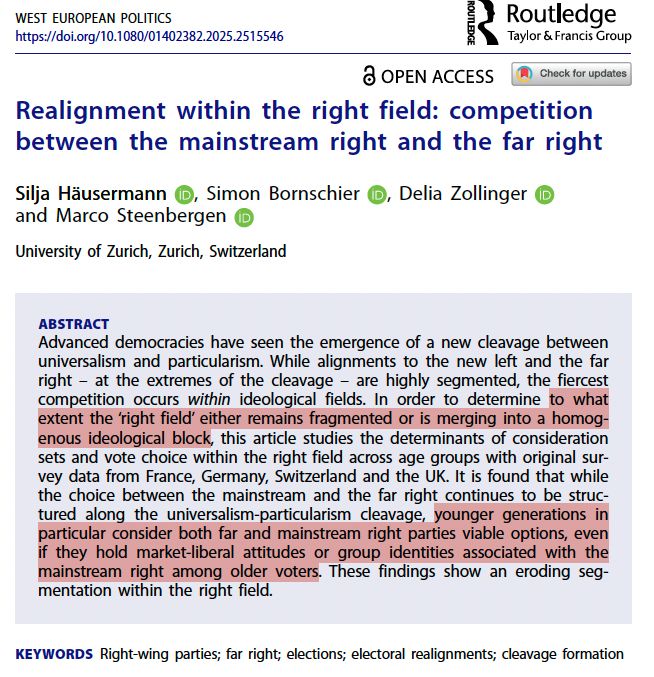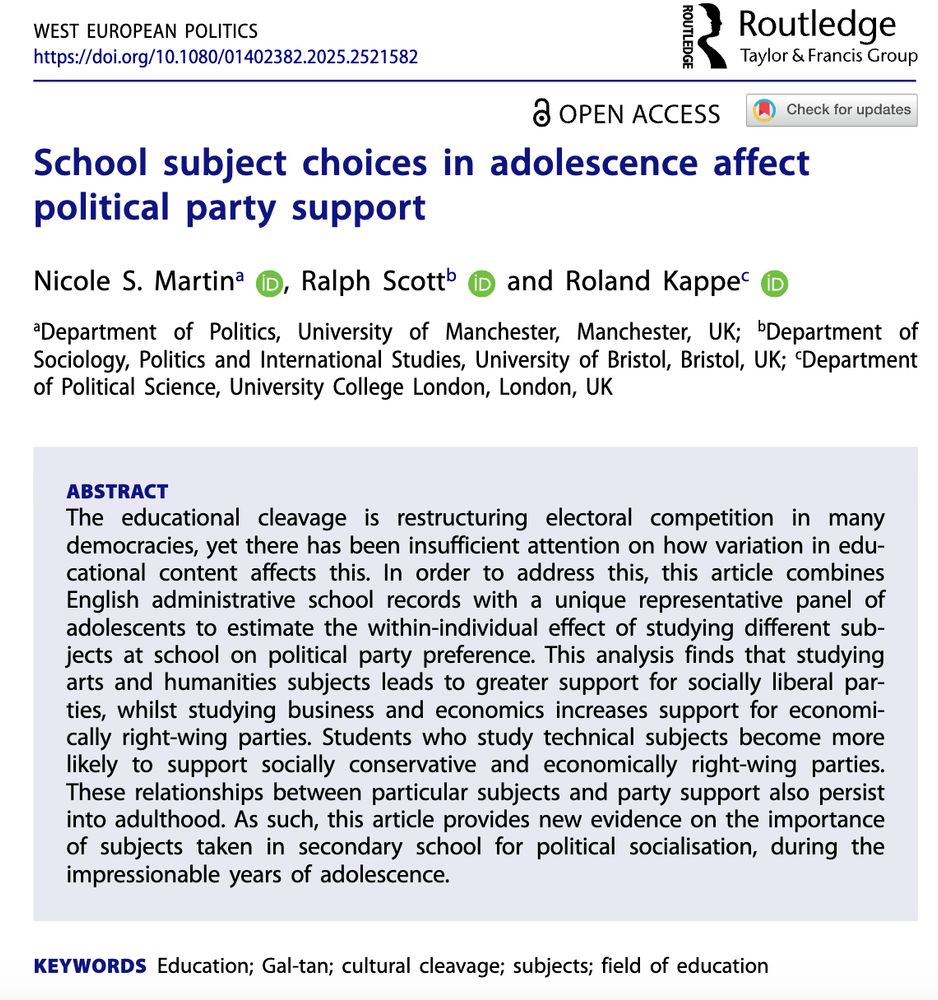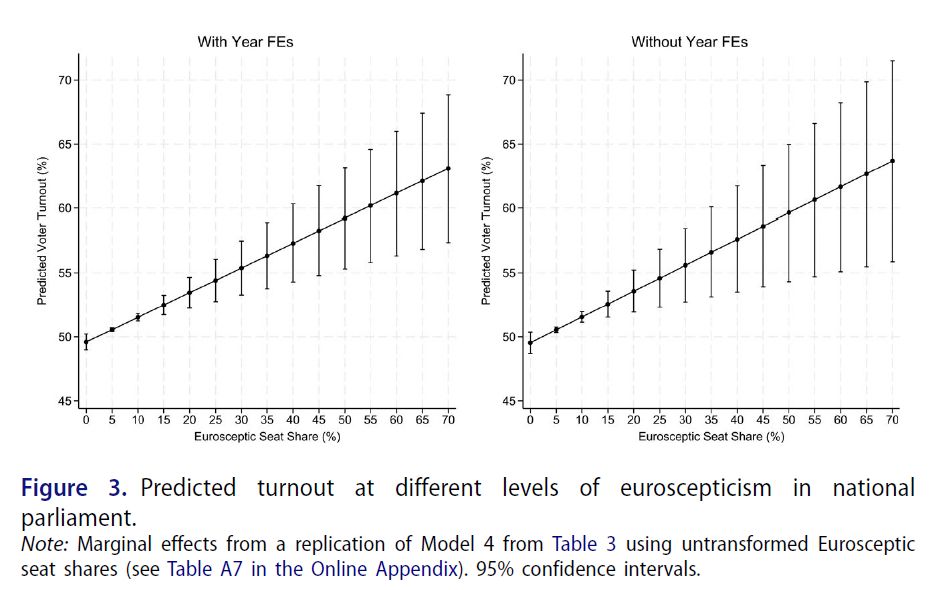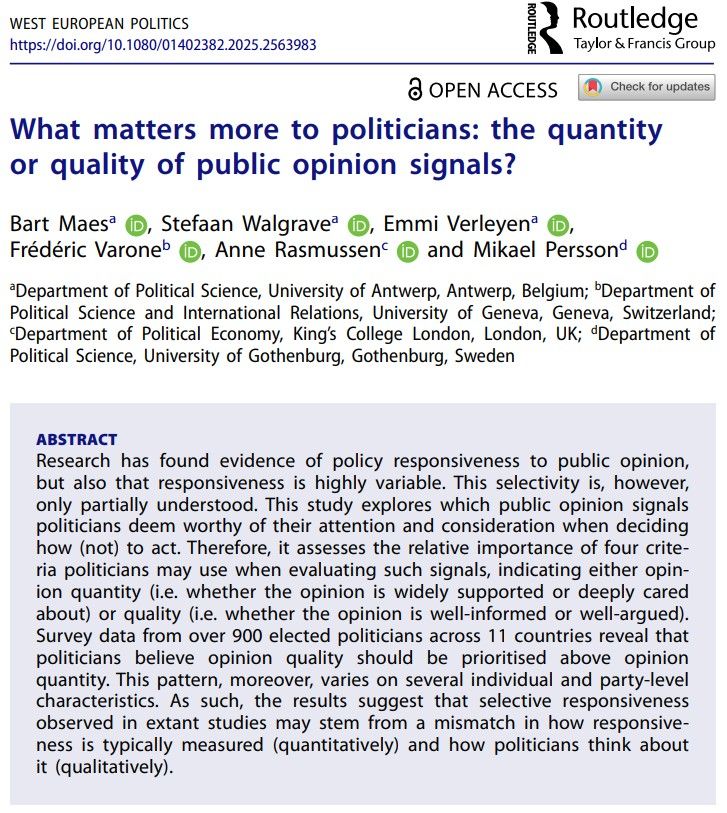WEP Journal
@wepsocial.bsky.social
1.8K followers
800 following
200 posts
Editors: Klaus H. Goetz, Dorte Sindbjerg Martinsen, Wolfgang C. Müller. Posts by social media editor @martingross.bsky.social
WEP on LinkedIn: https://www.linkedin.com/company/west-european-politics/
Posts
Media
Videos
Starter Packs
Reposted by WEP Journal
Reposted by WEP Journal
Reposted by WEP Journal
Reposted by WEP Journal
Reposted by WEP Journal
Reposted by WEP Journal
Reposted by WEP Journal
Reposted by WEP Journal
Reposted by WEP Journal
Reposted by WEP Journal
Reposted by WEP Journal
Reposted by WEP Journal
Reposted by WEP Journal
Reposted by WEP Journal
































